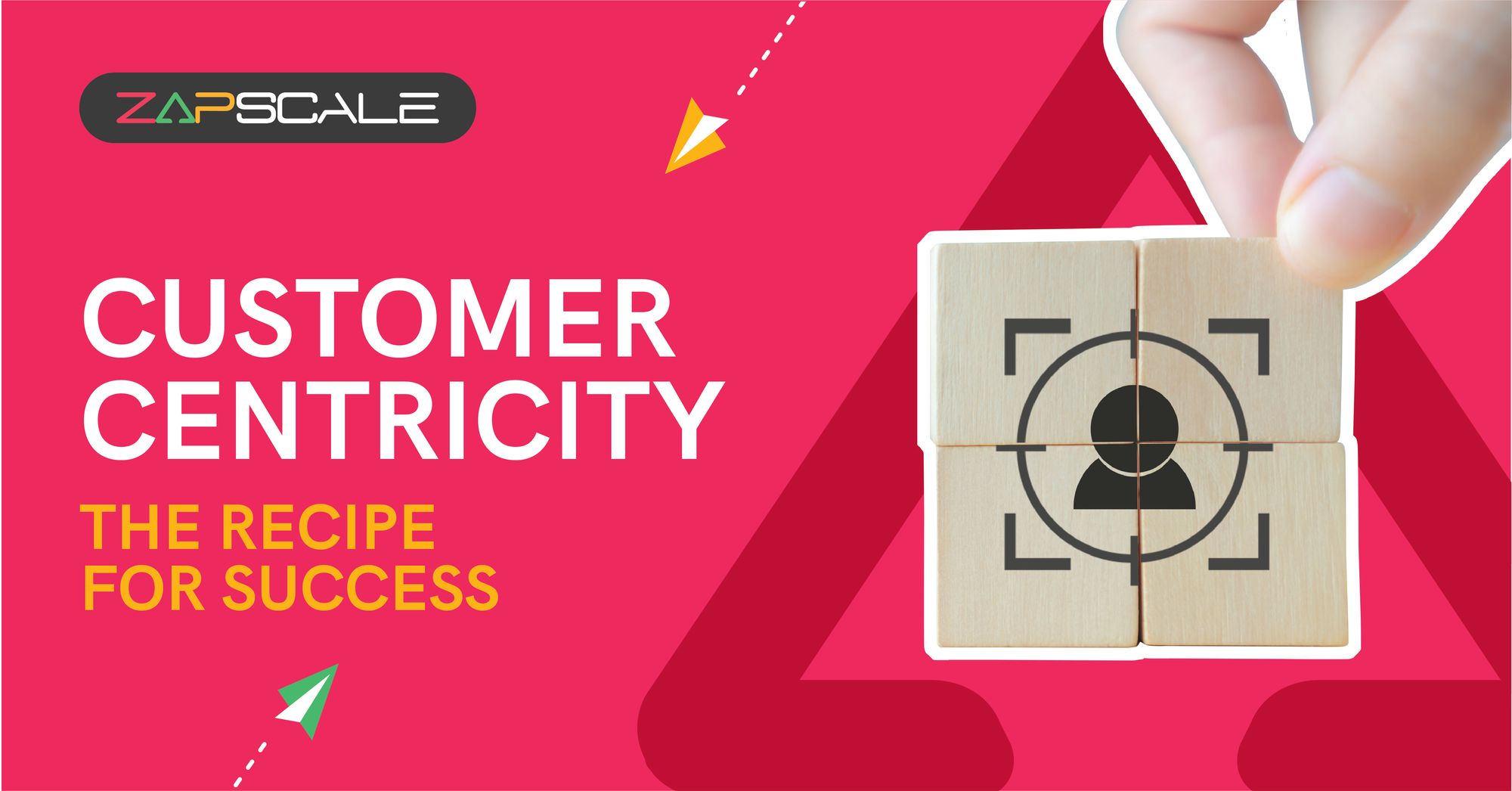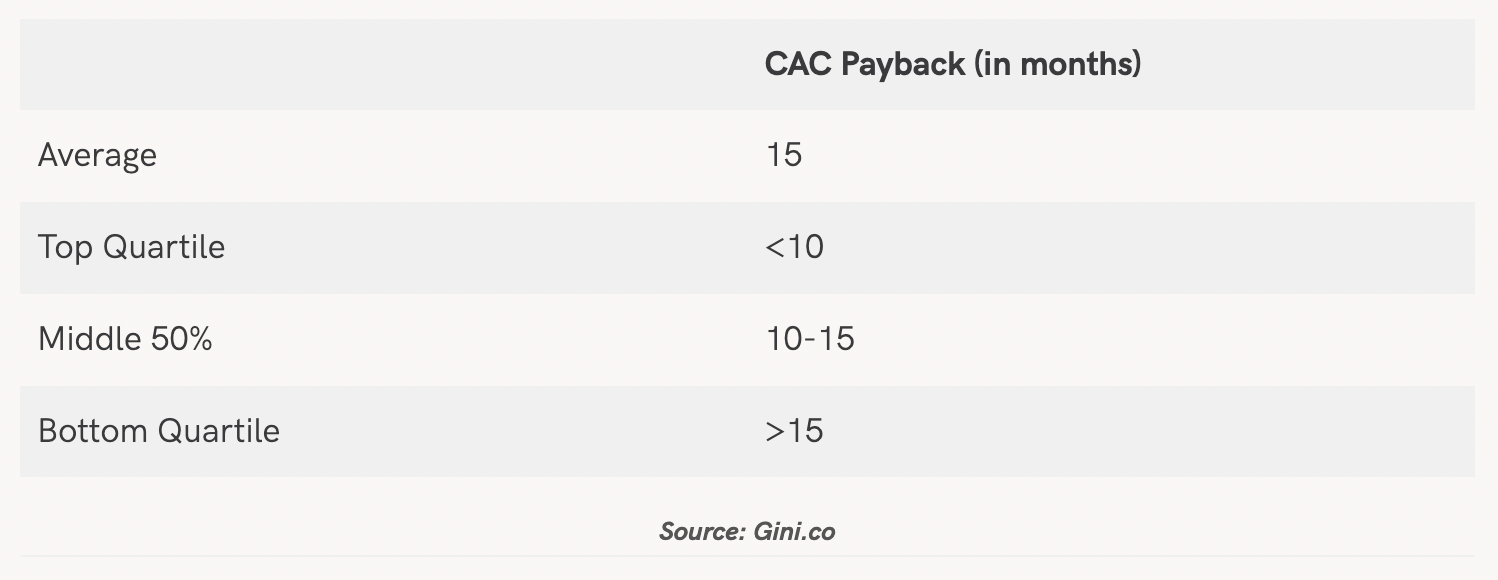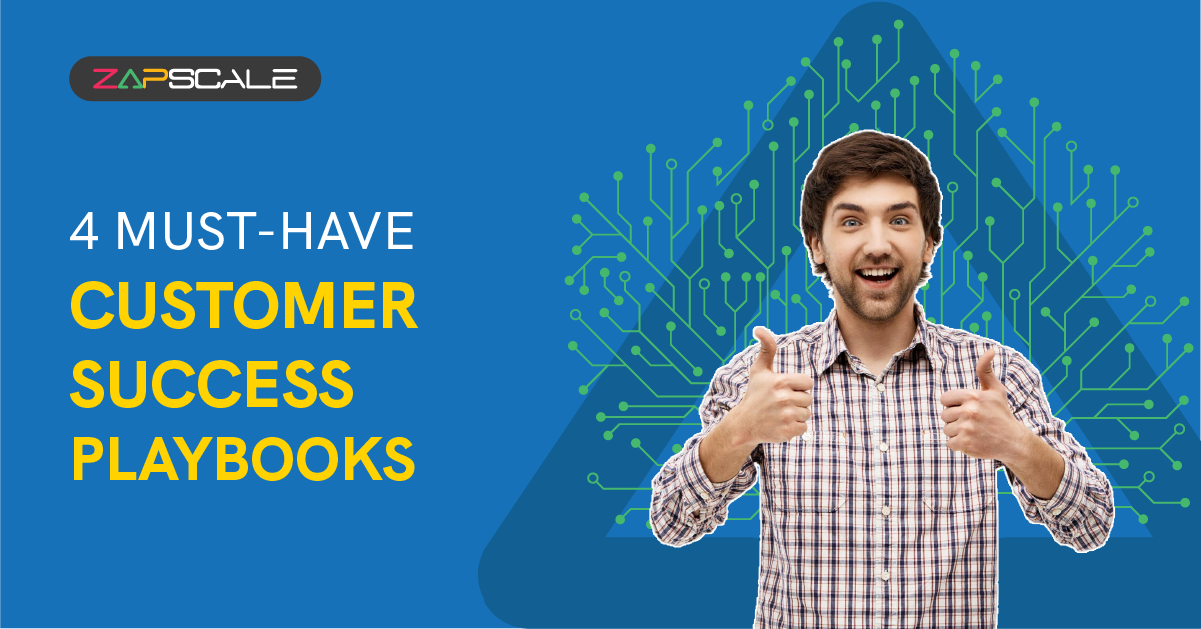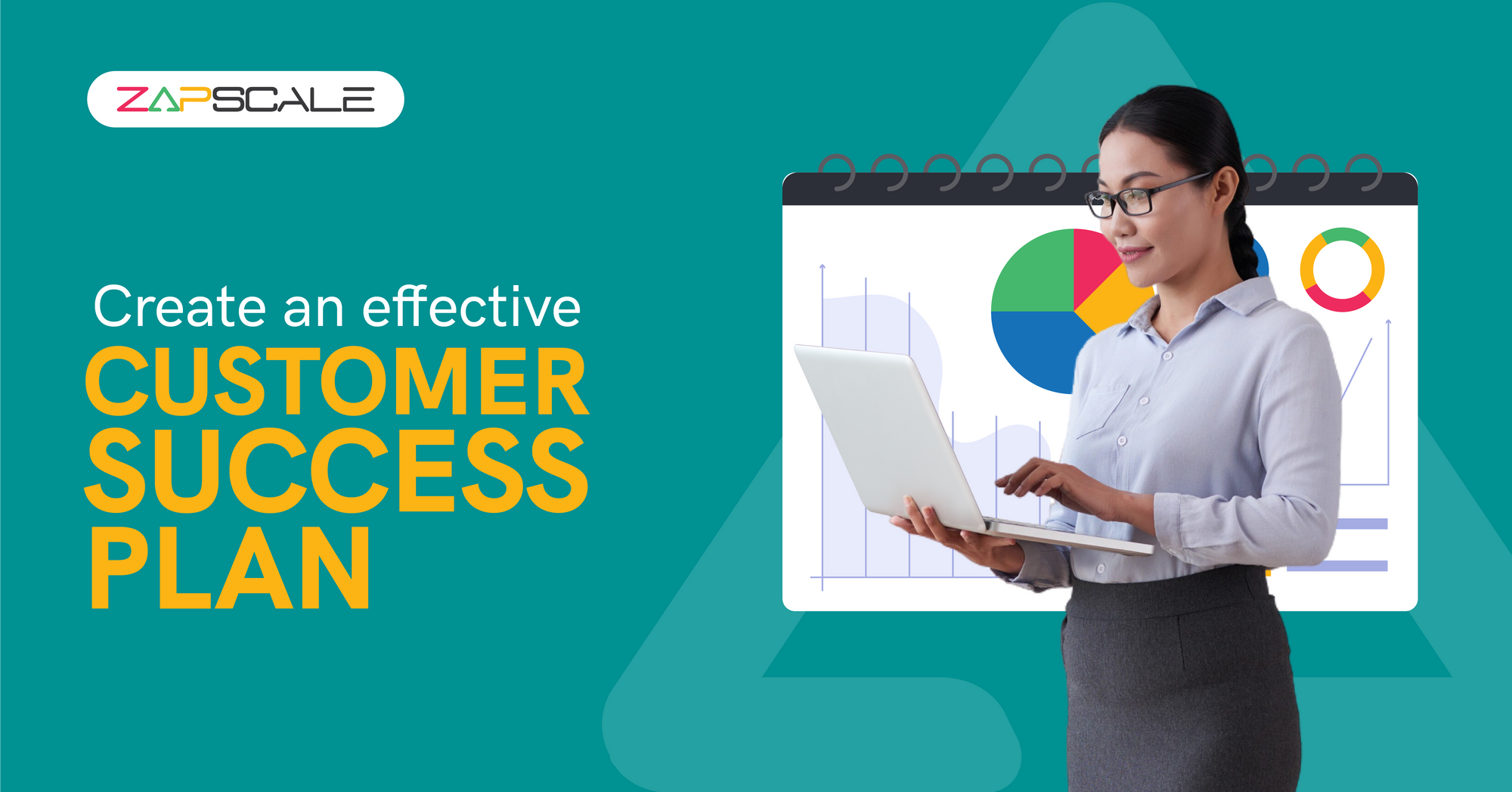CATEGORY > Customer Success Strategy
Why is a Customer-Centric culture necessary for Customer Success?

What is a customer-centric business model?
Before we dive into what customer centricity is and how it can be achieved, let me clarify what this article is not. This post is not about the ‘Top 5 hacks to be customer centric’ or ‘10 quick tips to be customer-centric. Rather, this post is about developing a customer-centric ideology, something that needs to be developed and groomed over a period across the entire organization.
A customer-centric model is where an organization’s primary focus centers on its customers’ needs. The first virtue which should come to your mind when you think customer centricity has to be – `empathy’. Empathy is paramount for SaaS organizations running on a subscription model. Since subscription models typically imply lower upfront costs, the payback period for acquiring customers is longer as compared to traditional businesses. Further, acquisition costs are high, it’s just not enough to focus on signing a customer, the customer needs to be at the center of your strategy post sign up for breaking even and then generating a profit. A good metric to measure this is the CAC payback period which is a measure of how many months it takes a company to generate enough revenue to break even on the cost of acquiring a customer. In simpler words:
CAC Payback = Average Lifetime Value Per Customer / CAC

An average SaaS company takes ~15 months to break even on the acquisition costs. Customer centricity through the journey is key for organizations to maximize ROI from customers and that cannot be solely a Customer Success-led initiative. Founders must ensure that the ideology of customer centricity runs throughout the organization and across all functions.
Do we need to be customer-centric across all functions?
Customer centricity needs to be developed top-down across all functions within an organization.
Customer Success
A customer-centric success team focuses on providing a delightful experience through the customer’s lifecycle. This means proper onboarding, regular check-ins, frequent business reviews/cadences, and guidance on how to extract maximum value out of your product. By building the right systems to track customer health using Finance, Product Usage, and Direct Signals – customer success teams can retain their customers better.
Product
A customer-centric product team is best friends with the Customer Success and Sales teams. A major KPI for product teams is to ensure that constant feedback comes in from customers and prospects. Such teams have defined mechanisms and feedback loops for generating insights on existing products, on what needs to be built next and testing out beta features with willing customers.
Marketing
Even today, when you ask the most seasoned SaaS marketers, you will hear a lot of them say – “Our ICP can be defined better”. The ICP (Ideal Customer Profile) is a persona for the type of users your brand wants to target but in the truest sense, the ICP goes beyond basic traits like demographics, age profile, and educational and professional backgrounds. It is extremely important to understand how your Ideal Customer behaves across mediums and channels, what are their functional, emotional, and social needs and how you can position your brand accordingly. To understand your prospects/customers with this level of depth, marketers need to put themselves in the customer’s shoes and define a strategy that is tailor-made for them.
Sales
Going back to the virtue of empathy that defines Customer Centricity the best, sales teams have the responsibility of understanding the pain points their prospects face. The classic elementary way to define a Sales Executives job description is – to identify customer pain points and alleviate that pain using your product. Customer centricity and empathy allow sales teams to relate with their prospects and generate insights on what really matters to the client.
If I had an hour to solve a problem, I’d spend 55 minutes thinking about the problem and five minutes thinking about solutions.
Albert Einstein
Being customer-centric allows sales teams to be on top of the 55 minutes of problems with a deep understanding of the challenges, and roadblocks and helps recommend the best solutions to solve them with ease.
Customer (Success and Centricity)
We’ve already discussed why CS teams need to be customer-centric in the above section. For SaaS businesses, it helps retain customers better, predict churn in advance, maintain high NPS scores and build a better brand. But how can a customer success team reach this milestone of calling themselves truly customer-centric?
Step 1:
Tracking the right data points – At a 50,000 feet view, the HubSpot flywheel defines the customer journey the best.

You attract strangers to the brand (marketing), You engage with your prospects (sales), You delight your customers (Success) which thereby leads to organically attracting more strangers.
Magnifying the flywheel, the customer success team focuses on delighting customers and the post-sales lifecycle can be broken down into:
- Onboarding
- Adoption
- Engagement
- Retention
- Referral
For each stage, organizations should track metrics like:
- Onboarding:
A. CSAT: Customer Satisfaction Score
B. Time taken to onboard - Adoption:
A. Product usage (depth) – time taken, active dashboard users
B. Product usage (breadth) – no. of modules used
C. CSAT - Engagement:
A. NPS: Net Promoter Score
B. Product usage (depth) – time taken, active dashboard users
C. Customer health – a combination of different health metrics from all customer signals
ZapScale is a customer success platform that makes customer health calculations easy with its 40 pre-defined deep customer health KPIs, so you don’t have to spend time and effort in building your own customer health score. Sign-up for a demo to try ZapScale for free.
- Retention:
A. NRR: Net Revenue Retention calculates total revenue (including expansion) minus revenue churn (contract expirations, cancellations, or downgrades).
B. GRR: Gross Revenue Retention (GRR) Rate is the percentage of recurring revenue retained from existing customers in a defined period, including downgrades, and cancels. It does not include any expansion revenue
C. NPS: Net Promoter Score - Referral:
Case studies created 3rd party reviews generated (reviews on platforms like Gartner, G2, Capterra, etc)
Step 2:
Set the right goals with the right metrics being tracked across the lifecycle, SaaS leaders need to ensure a healthy balance of Input and Output metrics. Over a period, the quality of the input from your teams will directly translate to the quality of output your Success teams generate.
Examples of input and output metrics:

What happens if the balance is not right between input and output metrics?

Conclusion
If you’ve made it this far, then you’ve realized that Customer Centricity does not come easy. A lot of groundwork needs to be done to build the ideology which needs to be followed through across teams, and customer lifecycles in the right way with the mentality of incremental and iterative improvements. That sounds like a lot of work to reach Customer Centricity, but there are some clear benefits of applying these structures.
- Increased revenue – easier to add revenue from an existing customer, 0 acquisition cost for an existing customer.
- Reduced CAC
- Staying close to customers ensures you’re always up to date with customer trends
- Higher referrals help drive better business and reduce CAC.
ABOUT THE AUTHOR

Kshitij is a CS and Growth leader, who has championed customers across the globe at Zeda.io and MoEngage. When he's not doing that, he can be found trekking some mountain or practising calisthenics.
Popular from Customer Success Strategy
Quality Content,
Straight To Your Inbox!
Subscribe for the latest blogs, podcasts, webinars, and events!

Write a Blog
If you have experience in CS and
a flair for writing, we’d love to
feature you.
Write to us on
hello@zapscale.com





